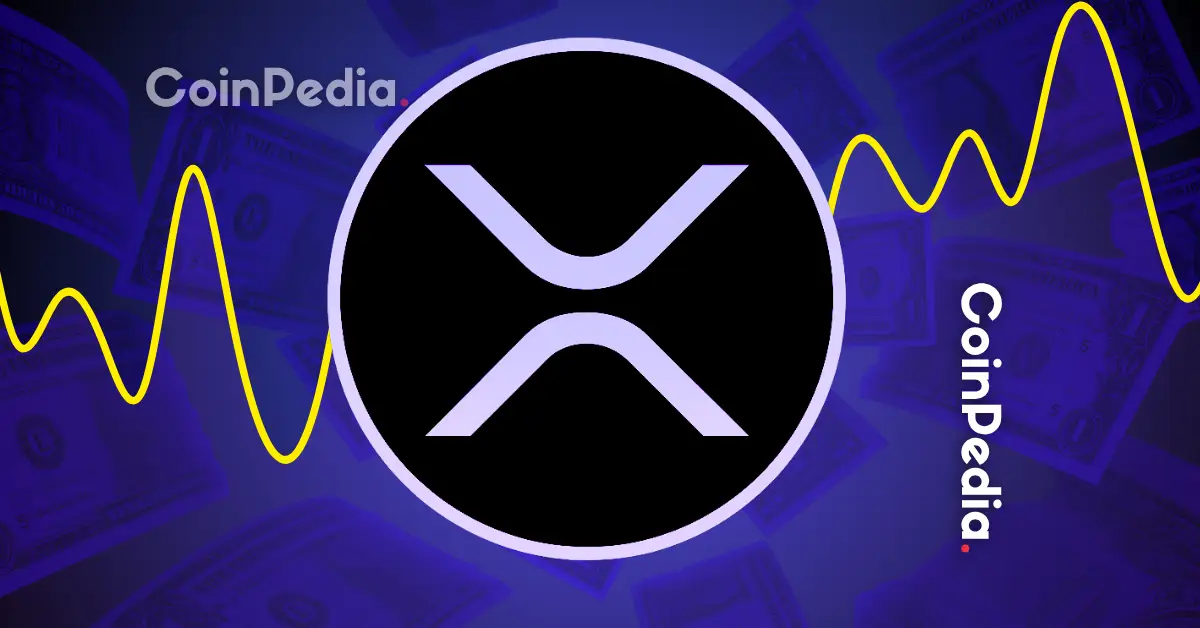Unraveling the XRP Escrow Debate: A Comprehensive Analysis
Introduction to the XRP Escrow System
The XRP escrow system represents a critical component of Ripple’s strategy for managing the digital asset’s supply. Established in December 2017, this mechanism involves placing 55 billion XRP into escrow accounts, distributed across 55 separate smart contracts. Each month, one billion XRP is released from these contracts, with any unused portion returned to new escrow accounts. This system aims to create a predictable and transparent supply schedule for XRP, addressing concerns about market manipulation and volatility.
The Escrow System’s Purpose and Functionality
The primary objective of the XRP escrow system is to provide a structured approach to releasing XRP into the market. By locking away the majority of XRP in escrow, Ripple ensures that only a controlled amount enters circulation each month. This predictable release schedule helps to stabilize the market and prevent sudden supply shocks that could negatively impact XRP’s price.
The escrow system also serves to enhance transparency. By publicly disclosing the amount of XRP released each month and the remaining balance in escrow, Ripple provides the community with clear visibility into the supply dynamics. This transparency is crucial for building trust and confidence among investors and stakeholders.
Criticisms and Concerns Surrounding the Escrow System
Despite its intended benefits, the XRP escrow system has faced significant criticism. One of the main concerns is that Ripple’s control over a substantial portion of the XRP supply could lead to market manipulation. Critics argue that Ripple could potentially flood the market with XRP, depressing the price and undermining the token’s value.
Another point of contention is the perceived lack of transparency regarding Ripple’s use of the XRP released from escrow. While Ripple provides some information on its sales and operational expenses, critics contend that more detailed disclosures are necessary to fully understand the impact of these releases on the market.
Bill Morgan’s Counter-Arguments
Bill Morgan, a prominent legal expert in the cryptocurrency space, has been a vocal advocate for the XRP escrow system. He argues that the amount of XRP released each month is relatively small compared to the overall daily trading volume, making it unlikely to have a significant impact on the price. Morgan also points out that Ripple does not necessarily sell all the XRP released from escrow, with some being returned to escrow or used for operational purposes.
Morgan further highlights that XRP’s price has experienced significant increases despite the ongoing escrow releases, contradicting the notion that the system inherently suppresses the price. He also references the SEC’s acknowledgment of the escrow system’s supportive intent, further bolstering his argument.
Alternative Perspectives and Balanced View
While Morgan’s arguments are compelling, it is essential to consider alternative perspectives. Critics maintain that the cumulative effect of monthly escrow releases could still exert downward pressure on XRP’s price over time. Additionally, concerns about Ripple’s centralized control over a significant portion of the XRP supply remain a contentious issue.
A balanced view acknowledges that while Ripple’s control over the supply gives it some influence over the market, the escrow system is designed to provide transparency and predictability. The impact of the escrow system on XRP’s price is influenced by various factors, including market sentiment, regulatory developments, and technological advancements.
The Path Forward: Transparency and Dialogue
To address the ongoing debate, fostering greater transparency and open dialogue between Ripple and the XRP community is crucial. Ripple could enhance its disclosures regarding the use of XRP released from escrow, providing more detailed information on its operational expenses, partnerships, and strategic initiatives. This increased transparency would help to build trust and dispel lingering concerns about price manipulation.
The XRP community should also engage in constructive dialogue with Ripple, expressing their concerns and suggestions in a respectful and solution-oriented manner. By working together, Ripple and the XRP community can create a more collaborative and transparent ecosystem that benefits all stakeholders.
Conclusion: Beyond the FUD
The XRP escrow debate highlights the broader challenges facing the cryptocurrency industry, including the tension between centralization and decentralization, the importance of transparency and accountability, and the evolving role of digital assets in the global financial system. Moving beyond the fear, uncertainty, and doubt (FUD) surrounding the escrow system requires a thoughtful and informed discussion about managing digital asset supply and fostering a healthy and sustainable cryptocurrency ecosystem. By understanding the nuances of the escrow system and committing to transparency and open dialogue, the XRP community can unlock the token’s true potential and navigate the ever-evolving landscape of the digital asset world.

